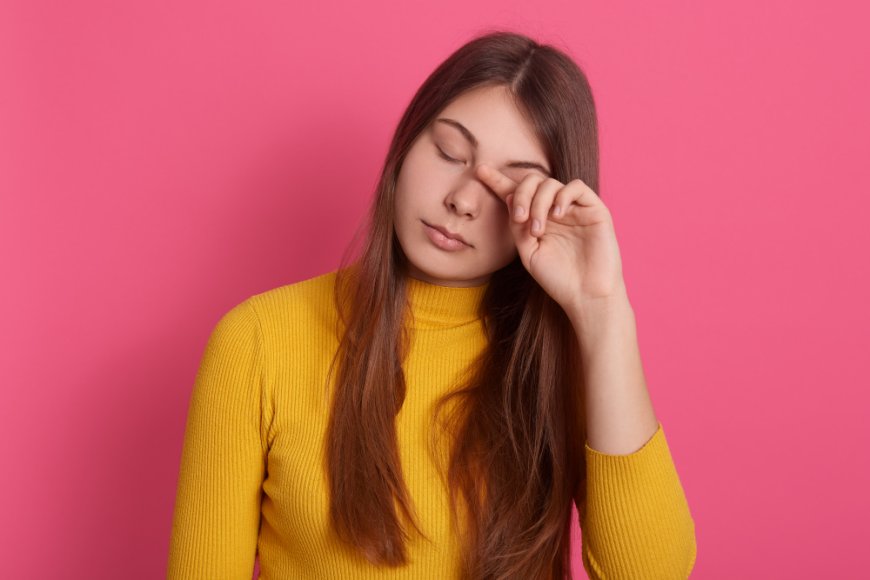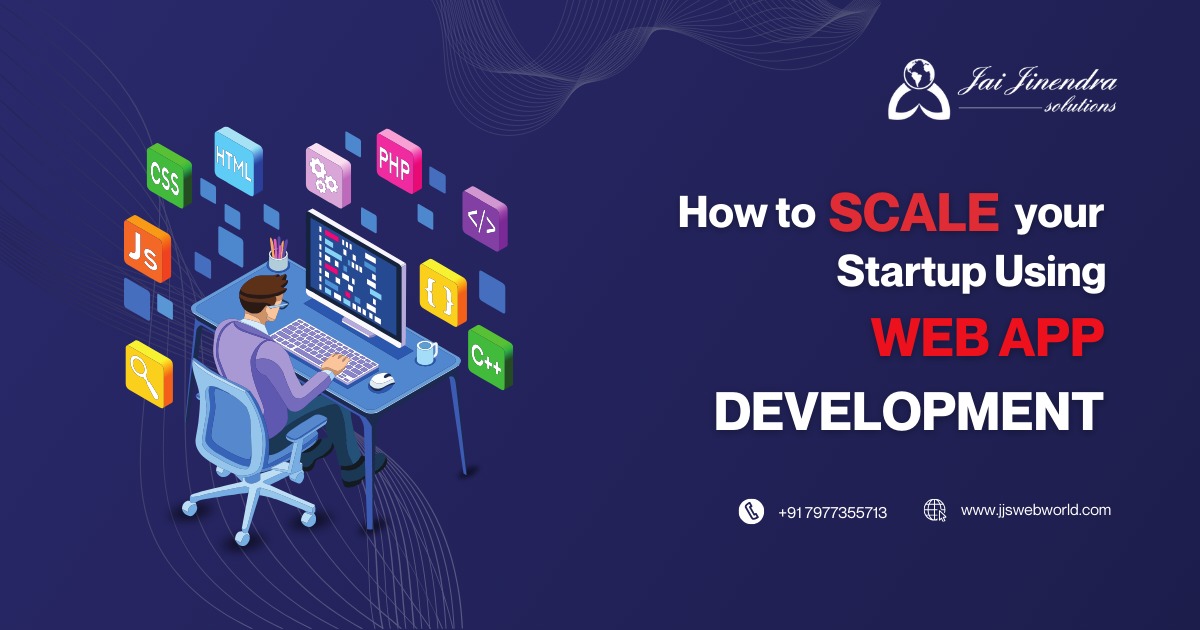How Screen Time Affects Lazy Eye – And What You Can Do About It
Ready to start your journey to clearer vision? Talk to your optometrist about Bynocs and explore how this innovative digital therapy could be part of your customized lazy eye treatment plan.

In today’s digital age, screens are everywhere. From smartphones to tablets, laptops to televisions, screen time has become an integral part of our daily lives. While this digital revolution has brought many benefits, it has also raised concerns about the effects of prolonged screen exposure on our eyes—especially for those affected by lazy eye, also known as amblyopia.
Lazy eye is a vision development disorder in which one eye fails to achieve normal visual acuity, even with prescription glasses or contact lenses. It commonly begins in childhood but can persist into adulthood if left untreated. One emerging concern among eye care professionals is the growing connection between excessive screen time and the worsening of lazy eye symptoms. Fortunately, modern advancements like lazy eye treatment programs—including innovative solutions from Bynocs—are making significant strides in improving visual health.
In this blog, we’ll explore:
-
What lazy eye is and how it develops
-
The impact of screen time on amblyopia
-
The latest lazy eye treatment options
-
How Bynocs is revolutionizing amblyopia therapy
-
Practical steps to protect vision in the digital age
What Is Lazy Eye?
Lazy eye, or amblyopia, occurs when the brain and one eye don’t work together properly. As a result, the brain starts to favor the stronger eye and ignores signals from the weaker one. Over time, this leads to poor vision in the affected eye and, if not addressed early, can result in permanent visual impairment.
Common causes of lazy eye include:
-
Strabismus (misaligned eyes): One eye turns in, out, up, or down.
-
Refractive errors: Significant differences in prescription between the two eyes.
-
Deprivation: Blockage of vision in one eye due to conditions like cataracts.
Traditionally, lazy eye is diagnosed in childhood, but adults can also suffer from undiagnosed or untreated amblyopia. And with increased screen dependency, the challenges associated with managing this condition have only grown.
The Link Between Screen Time and Lazy Eye
Screen time is now a dominant part of both work and leisure. Children use screens for schoolwork and entertainment, while adults rely on them for their jobs and communication. This increased digital exposure can significantly impact eye development and function, especially in individuals with amblyopia.
Here’s how excessive screen time can exacerbate lazy eye:
1. Overuse of the Dominant Eye
When staring at a screen, the brain tends to rely on the dominant eye to process information, reinforcing the neglect of the weaker eye. This perpetuates the suppression that characterizes amblyopia and can slow or even reverse progress made through treatment.
2. Reduced Blinking and Eye Strain
Staring at screens causes us to blink less frequently, leading to dry eyes and digital eye strain. For those with lazy eye, this discomfort may make it harder to focus with the weaker eye, encouraging even more reliance on the dominant eye.
3. Decreased Outdoor Time
Research suggests that spending time outdoors helps develop healthy vision in children. However, increased screen time often replaces outdoor activity, potentially increasing the risk of vision problems, including lazy eye.
4. Blue Light Exposure
High-energy visible (HEV) blue light from screens can disrupt sleep and cause fatigue. Although the direct link between blue light and amblyopia is still being studied, prolonged exposure can certainly strain both eyes and aggravate visual imbalances.
Lazy Eye Treatment in the Digital Era
Traditionally, lazy eye treatment involved patching the stronger eye to force the brain to use the weaker one. Other conventional methods include atropine drops, vision therapy, and corrective eyewear. However, these treatments often face issues like poor compliance, especially among children.
In recent years, digital therapeutics have changed the landscape of amblyopia treatment. Instead of viewing screens as part of the problem, technologies like Bynocs are using them as part of the solution.
What Is Bynocs and How Does It Help in Lazy Eye Treatment?
Bynocs is a revolutionary digital treatment platform designed to improve binocular vision and treat amblyopia through interactive, vision therapy-based games. It uses scientifically validated protocols and gamified exercises to stimulate both eyes—especially the weaker one—while promoting coordination between them.
Key Features of Bynocs:
-
Cloud-based and device-friendly: Can be used at home under the supervision of an eye care specialist.
-
Custom treatment plans: Tailored to the severity of amblyopia, age of the patient, and visual needs.
-
Improves compliance: Engaging, game-based therapy increases participation and consistency.
-
For children and adults: Contrary to older beliefs, recent studies (and Bynocs’ success) show that lazy eye treatment is possible at any age.
What sets Bynocs apart is its approach to treating amblyopia as a binocular problem rather than just a monocular issue. Instead of suppressing the dominant eye completely, it promotes balanced visual stimulation, helping the brain re-learn how to use both eyes effectively.
Tips to Minimize the Impact of Screen Time on Lazy Eye
Whether you're undergoing lazy eye treatment or looking to prevent vision issues, here are some practical strategies to protect your eyes in the screen-dominated world:
1. Follow the 20-20-20 Rule
Every 20 minutes, take a 20-second break and look at something 20 feet away. This reduces digital eye strain and gives your eyes a chance to refocus.
2. Use Screen Filters and Adjust Lighting
Anti-glare screens, blue light filters, and appropriate lighting can reduce strain and improve comfort during screen use.
3. Limit Screen Time
Especially for young children, limit recreational screen time to no more than one to two hours a day. Encourage outdoor play and hands-on activities.
4. Monitor Posture and Distance
Ensure proper ergonomics while using digital devices. Keep screens at arm’s length and slightly below eye level to promote natural viewing angles.
5. Stay Committed to Treatment
If you or your child is undergoing lazy eye treatment, be consistent. Whether it’s patching, vision therapy, or digital treatment like Bynocs, regular use is key to success.
Why Early Detection and Action Matter
The earlier amblyopia is diagnosed, the more effective treatment can be. Pediatric eye exams should be a routine part of a child's health checkups. For adults who experience blurred vision in one eye, double vision, or eye fatigue, a comprehensive eye exam can identify amblyopia even later in life.
Remember: while screen time may contribute to vision challenges, it can also be harnessed as a powerful tool for healing—when used wisely and paired with the right technology.
Final Thoughts
Lazy eye is a treatable condition, even in adulthood, thanks to advancements in digital health solutions. While excessive screen time can make the condition worse by reinforcing reliance on the dominant eye, it can also be turned into an opportunity for therapy through platforms like Bynocs.
If you or your child has amblyopia, don’t let the digital world be a source of fear. Instead, explore modern lazy eye treatment options that are effective, engaging, and supported by science. Combining screen awareness with cutting-edge tools like Bynocs may be the key to restoring balanced vision—and achieving lasting results.





























































































































































